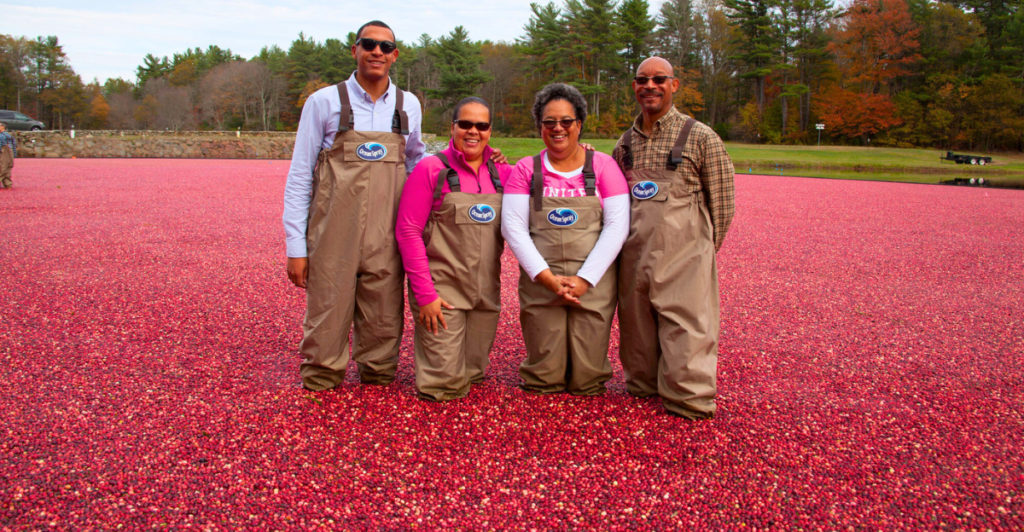
Cranberry farmers in the U.S. are transforming old bogs into wetlands. This change helps the environment by restoring ecosystems while reshaping the cranberry juice industry. Over six million dollars have been given in grants to aid in this restoration project. Here’s what this transition means for the land, farmers, and juice lovers.
Why Change Cranberry Bogs?
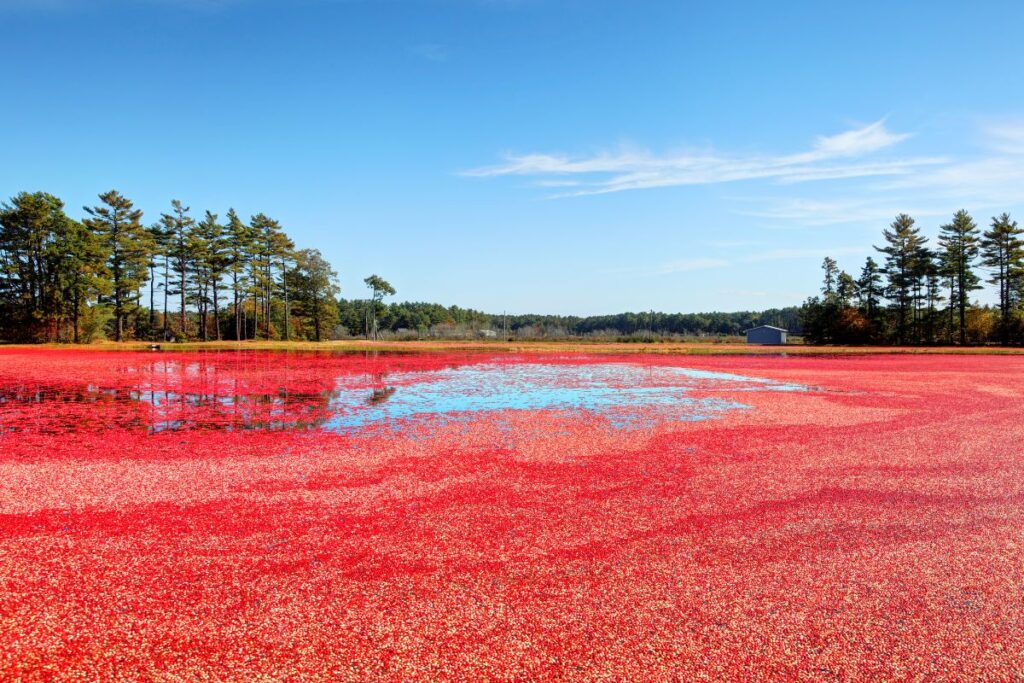
Cranberry farming uses a lot of water and alters natural ecosystems as they require very specific environments to yield anything. Converting bogs back into wetlands helps restore balance to the environment, improving water quality and creating homes for wildlife. The goal is to convert another 1,000 acres back to wetlands in the next 10 years.
Environmental Benefits
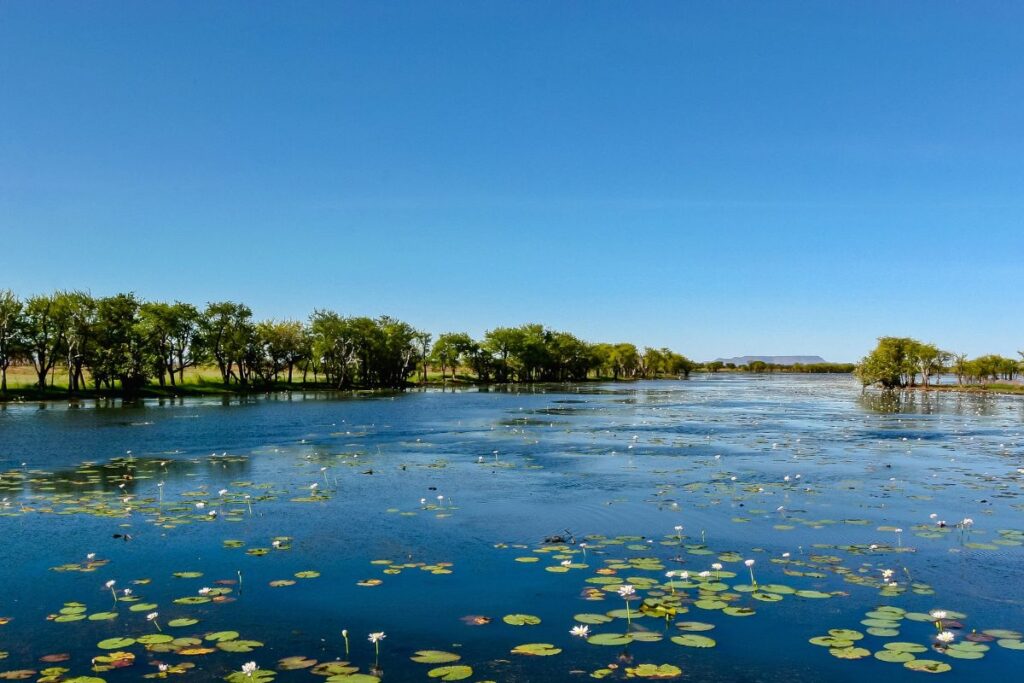
Restored wetlands absorb floodwaters, filter pollutants, and reduce carbon emissions. They also support native plants and animals, creating a healthier ecosystem and bringing many native animals back from the surrounding area.
Farmer Challenges
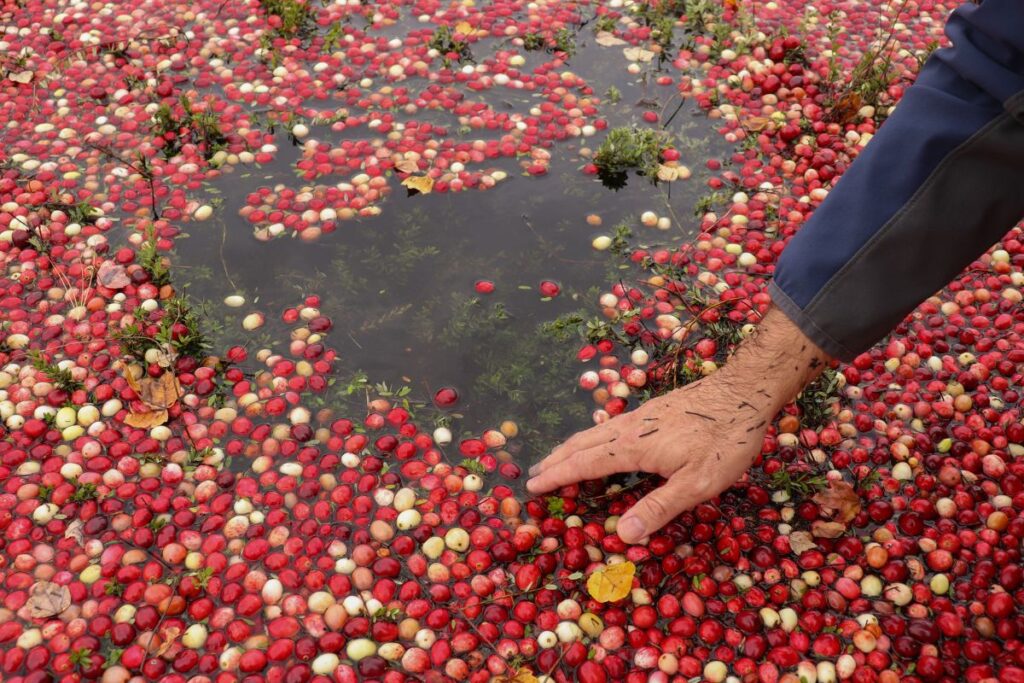
Converting cranberry bogs isn’t cheap or easy. Farmers need financial support and guidance to make this big change. Many are motivated by conservation goals and declining cranberry profits.
How It Affects Cranberry Production
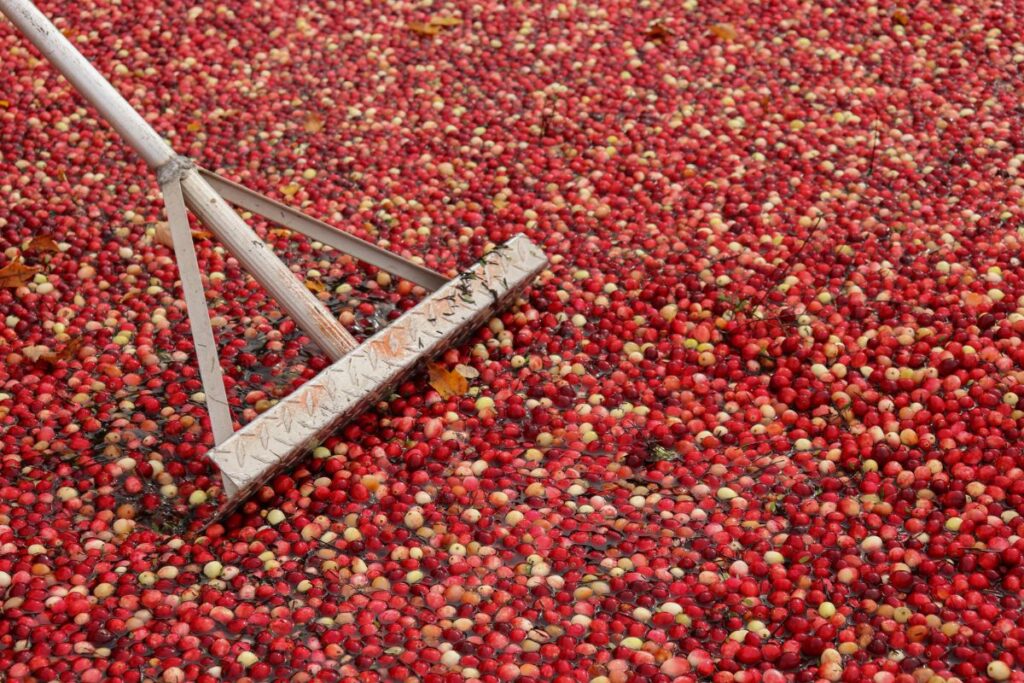
For now, the restoration project is only converting defunct cranberry bogs which weren’t producing cranberries, so cranberry production shouldn’t be affected. With the demand of cranberries being as high as ever, there are 13,000 acres of cranberry bogs in Southeastern Massachusetts alone.
Funding the Transition
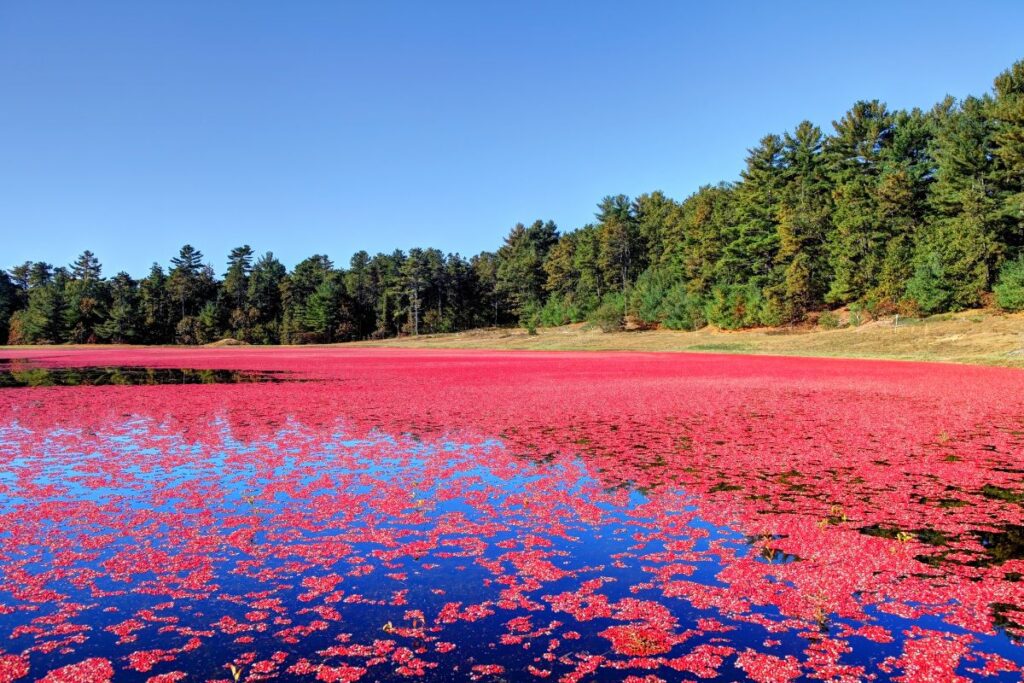
Government programs and conservation groups are helping farmers cover the costs of wetland restoration. These partnerships make the transformation more affordable and appealing. Four hundred acres have already been converted, and there is a lot of potential to convert more.
Impact on Wildlife
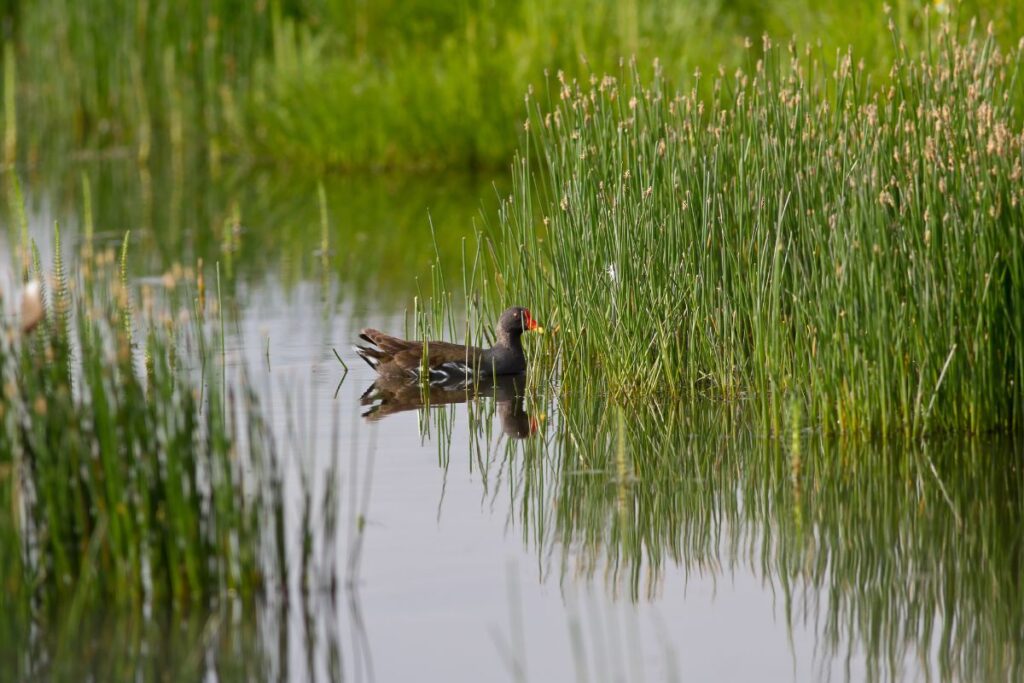
Wetlands are a haven for birds, fish, and amphibians. Restoring cranberry bogs helps species like turtles, frogs, and herons thrive in their natural habitats.
Benefits for Communities
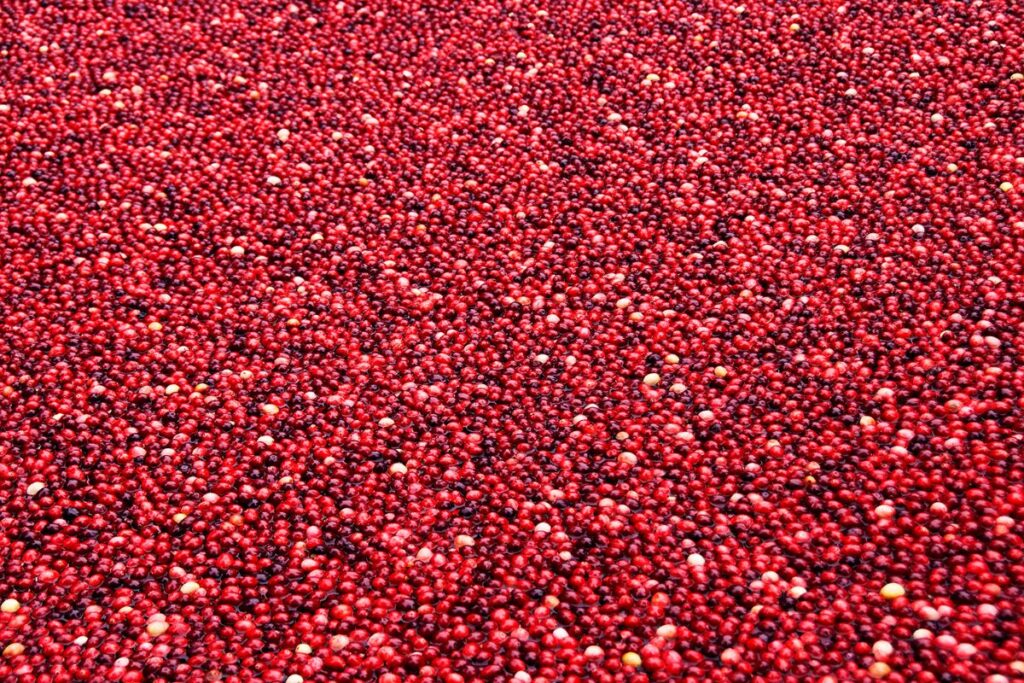
Communities near restored wetlands enjoy cleaner water and better flood control as the wetlands naturally clean pollutants in a few ways, including nutrient removal and sediment trapping. They also provide areas that people can visit for recreational activities like hiking or camping.
The Future of Cranberries
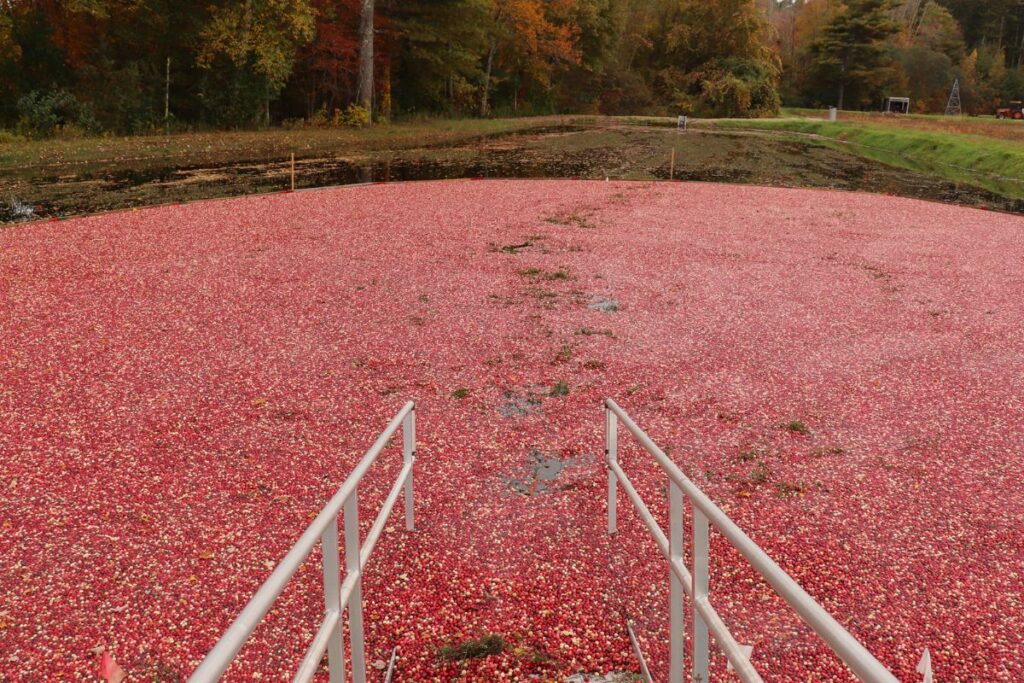
Though fewer bogs might mean less cranberry juice, demand could shift toward sustainable, eco-friendly farming. Consumers may be willing to pay more for greener products.
Farmer Success Stories
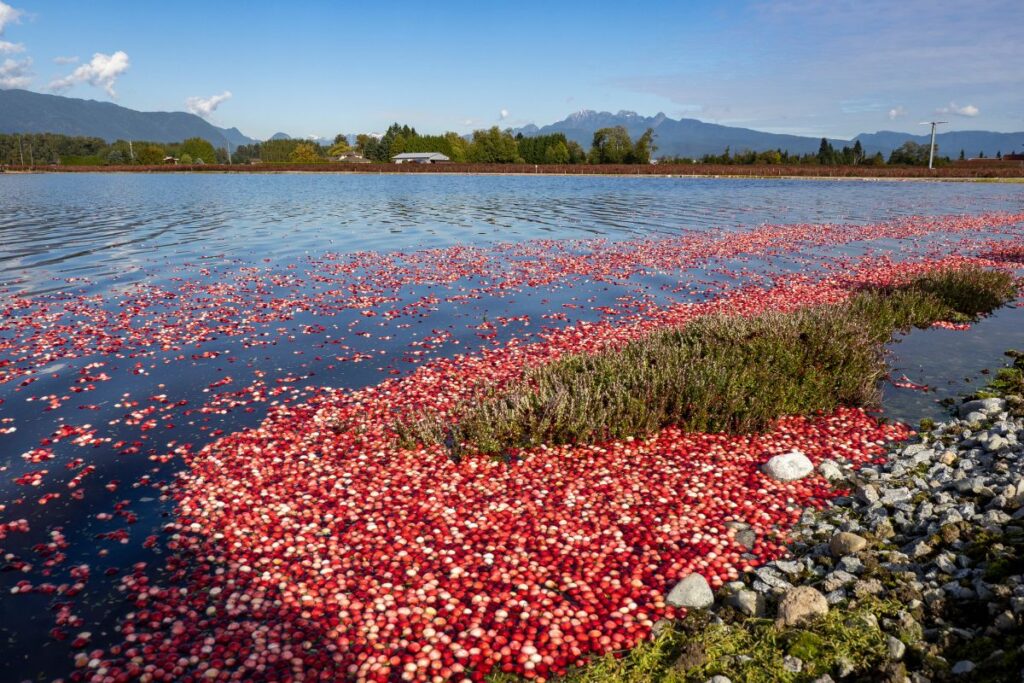
Some farmers have been tempted to convert their cranberry farms into wetlands as economic factors and climate change has made cranberry farming less appealing than it used to be. The restored wetlands stand as proof that agriculture and conservation can work hand in hand.
A Growing Trend
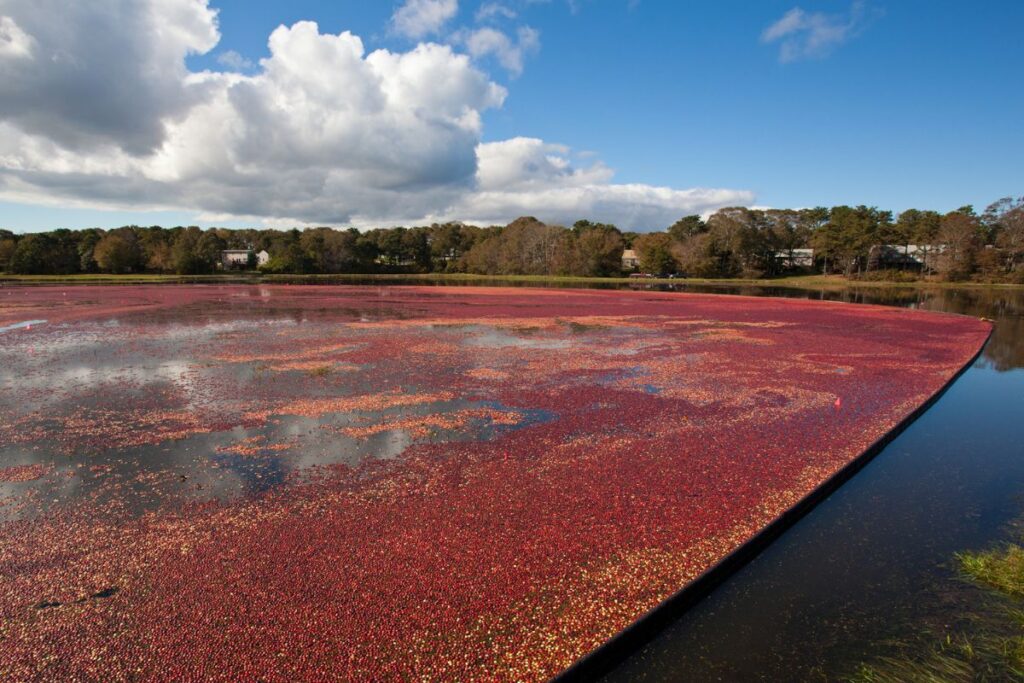
As more farmers embrace wetland restoration, the trend is likely to grow. It’s a promising solution for tackling environmental issues while reusing existing land that no longer has a purpose.
A Shift To Sustainability
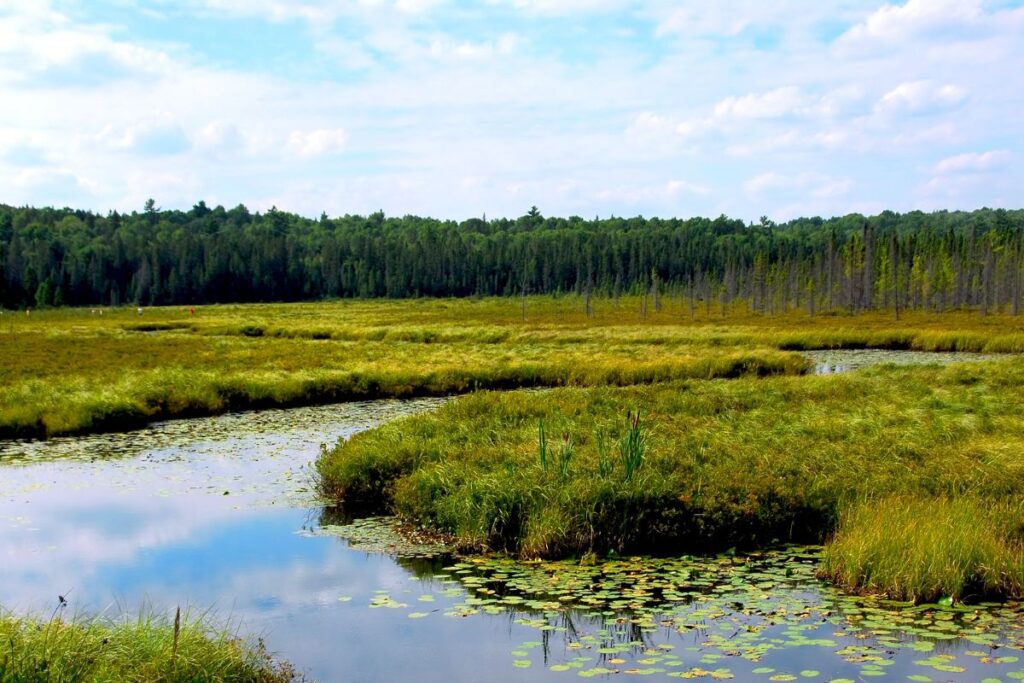
Turning cranberry bogs into wetlands benefits the planet and local communities. Using retired cranberry bogs also doesn’t have an impact on cranberry production, although farmers tempted to convert existing farms in the future plus cranberry farmers becoming hard could mean prices for cranberry products could change or other, more sustainable practices could be adopted.
Source:
Converting cranberry bogs back to wetlands helps communities prepare for changing climate
Stay connected with us for more stories like this! Follow us to get the latest updates or hit the Follow button at the top of this article, and let us know what you think by leaving your feedback below. We’d love to hear from you!







